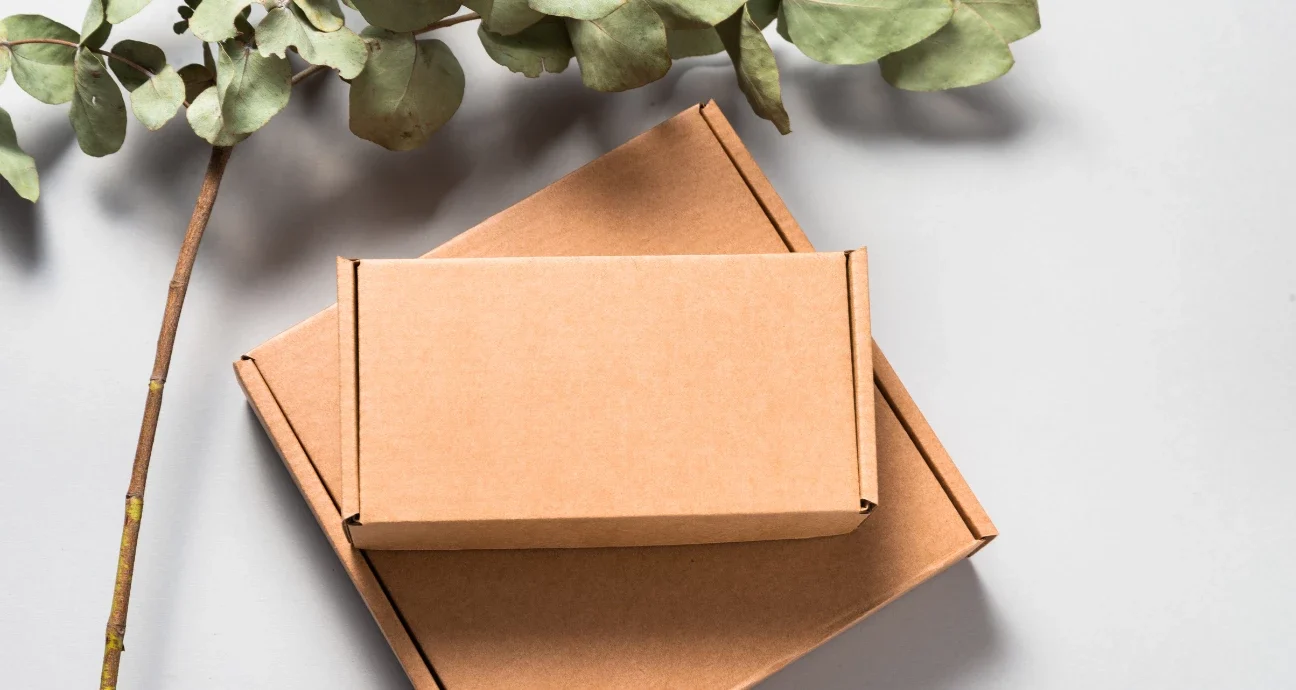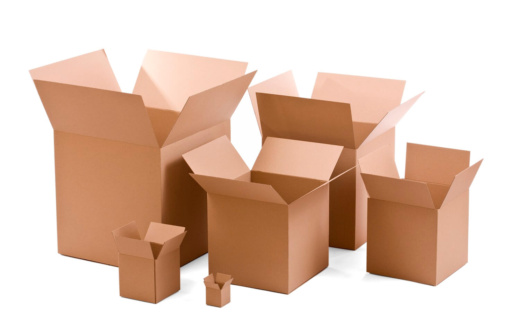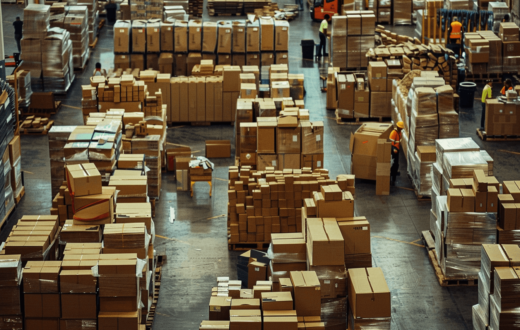Most people will use the word ‘cardboard’ to refer to any type of paper material used for packaging. However, to a professional in the packaging industry, not all packaging materials are cardboards. A professional will tell you that the most effective material for packaging is corrugated boxes.
Now, you may ask, what are the differences between cardboard and corrugated boxes? Looking at both boxes, they may look similar. However, corrugated boxes are more durable than cardboard boxes.
Using corrugated boxes for packaging takes away the worry of your product being damaged during shipping/delivery. This blog post lays out the differences between both packaging materials – to help you pick the right packaging material for your products.
Cardboard vs. Corrugated Boxes
Cardboard box
A cardboard box is typically a thick paper stock or heavy paper-pulp. This packaging material is usually used for packaging small items, items we use daily like, chocolates, cereal boxes or greeting cards. They are not appropriate for packing of large containers.
Corrugated board usually consists of three layers: two outer layers of linerboard and a middle layer of wavy medium. In contrast, cardboard has just one layer, which is a thin and rigid pasteboard often used for playing cards and signs. The design of corrugated board gives corrugated boxes extra strength compared to cardboard. While corrugated boxes provide good protection, those made of cardboard offer little protection.
Corrugated box
Types of corrugated flutes & boxesA corrugated box, on the other hand, is produced with three basic liners. There is the inside liner, the outside liner, and the third one is a fluting that runs in between the other two. They are made from a solid fibre paper by forming corrugations (arches) in one or more layers of Kraft paper.
While these differences may not matter to the everyday Joe trying to ship their products, it matters to the packaging engineers who work with a wide range of packaging materials.
The engineers think carefully about the most effective ways to safely transport goods from one place to another. This doesn’t only mean using the exact amount of material; it also means using the right type of material.
For instance, would you have your television set shipped in cardboard? That would be careless – and your television set may not arrive in one piece. Whereas, does it make sense to deliver a Shirt in a corrugated board? The shirt will definitely arrive safely, but the cost would be overly expensive.
The difference is not just aesthetics – it’s also economical. Determining costs depend on different factors in the supply chain, like:
1. Product Type
Different products are shipped every day. Products such as clothing and electronics have different packaging needs from one another.
As earlier mentioned, for example, a shirt doesn’t need as much protection as a television set.
corrugated boxes
2. Shipping Frequency
What type of product do you deal with? Is it shipped once or twice, like that shirt that may need to be returned if it doesn’t fit? Or just a regular shipment, like bananas, that is shipped to distributors on a regular basis?
The difference between the ways a product is shipped has an effect on the type of packaging material that will be used.
3. Transportation Needs
How is your product being shipped? This is another area to look into.
A product delivered by hand from a grocery store to a house around the corner, like a Pizza, have a different transport need than a heavy-duty product like a television set shipped from a manufacturer to a distributor.
At this point, you should have a clear idea of the difference between a cardboard box and corrugated box.
Exploring the Benefits of Corrugated Carton and Cardboard Carton: How Do They Enhance Product Shipping and Protection?
Corrugated carton and cardboard carton offer versatile shipping solutions for various products, from small items like apples to large appliances like washing machines. By adjusting box design and incorporating multiple layers of corrugated material or interior packaging, these cartons efficiently accommodate diverse products. Moreover, the unique construction of corrugated carton, featuring fluting, enhances protection during transportation.
The arched flutes provide durability and resistance to pressure from any direction, while the space between them offers cushioning and insulation, safeguarding items from damage and temperature fluctuations. From pizza boxes to takeout containers, corrugated carton plays a crucial role in securely transporting goods while supporting their weight effectively.
Read more about the benefits of corrugated cardboard box packaging for your products.
So, cardboard box or corrugated box? Your choice would depend on your product type, transportation needs, and shipping frequency.
If you own a business and you ship products often, then it is extremely important that you make the right choice when choosing a packaging material for the type of product you intend to ship or deliver – and not just any regular carton box.







